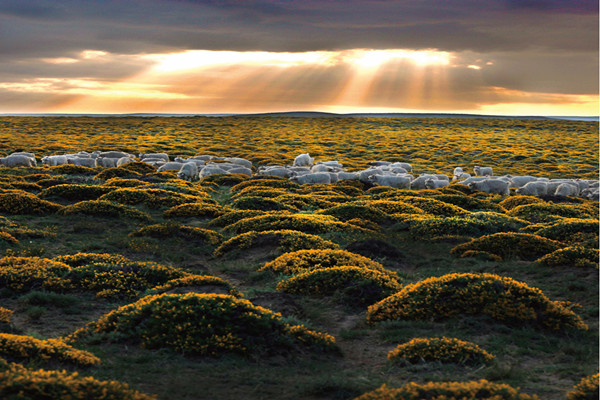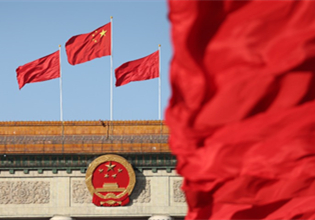Ordos
Nestled by the Yellow River, Ordos shines like a bright pearl. Nurtured by the river and wisdom of the locals, the city radiates with a long and splendid city history filled with story after story, each chapter an exciting testament to its unique development.
Geography
Sitting in the southwest of the Inner Mongolia autonomous region and surrounded by the Yellow River on three sides, it is close to the Great Wall, with Shanxi, Shaanxi provinces and Ningxia Hui autonomous region in the south. "Ordos" literally translates to "numerous palaces" in Mongolian language. With two national natural conservation areas, the whole city covers an area of 87,000 square kilometers, featuring hilly regions to the east, plain and plateau land to the west, Maowusu desert to the south, and Kubuqi desert and plain terrain to the north. Summer temperatures average 21 C, and winters see a drop to -6.6 C. Annual precipitation settles at 341 millimeters, and Ordos generally enjoys superior weather conditions throughout the year.

Abundant resources
Ordos benefits from an abundance of resources, with more than 50 kinds of minerals. Local confirmed coal reserves stand at 201.7 billion tons, accounting for one sixth of total reserves across the country and half of all in Inner Mongolia. Gross coal reserves are estimated to be around 1 trillion tons. Local coal is of great quality, with low ash, sulfur and phosphorous content and higher calorific power. Proven natural gas reserves stand at 801.7 billion cubic meters, accounting for one third of nationwide reserves. One third of China's Alpine pure-white cashmere, known as fiber gem and soft gold, comes from Ordos. Kaolin, trona, salt, Glauber's salt, gypsum, limestone, purple clay and other resources are all in huge reserves in Ordos. The cultivated land area stands at 6.85 million mu (0.47 million hectares), including 4.5 million mu of irrigated land. Grassland covers an area of 100.69 million mu, of which 90 million mu can be utilized.

Economic and social development
In 2024, the city of Ordos in North China's Inner Mongolia autonomous region recorded a robust economic growth rate of 6.4 percent, with its GDP reaching 636.3 billion yuan ($87.16 billion).
The growth was driven primarily by the secondary industry, which saw an added value of 445.84 billion yuan, up 7.0 percent year-on-year. The primary industry contributed 21.74 billion yuan, marking a 5.3 percent increase. While, the tertiary industry added 168.73 billion yuan, growing 5.5 percent.
The industrial structure stood at 3.4 percent for the primary sector, 70.1 percent for the secondary, and 26.5 percent for the tertiary.
In terms of contribution to GDP growth, the secondary industry led with 67.9 percent, followed by the tertiary industry at 29.1 percent, and the primary industry at 3.0 percent.
Per capita GDP reached 285,338 yuan, reflecting a 5.5 percent rise from the previous year.



 Print
Print Mail
Mail





